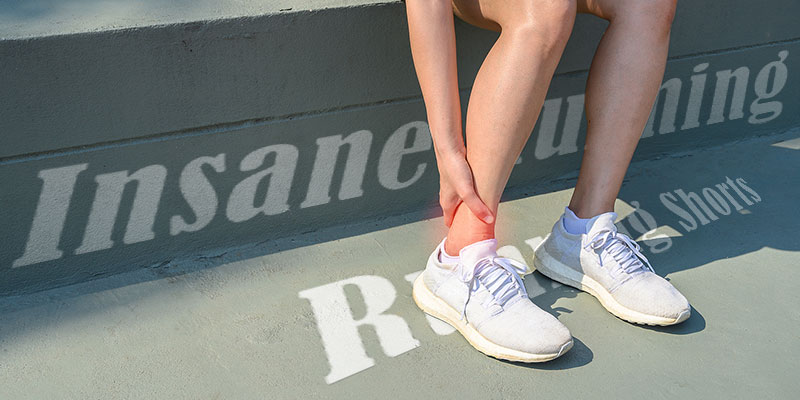Running Shorts: Chaffing can be a problem for a runner
Whether you are a seasoned, experienced runner just getting into the sport or simply walking or hiking and spending extended time outdoors during this summer, you might encounter some issues with chafing. Chafing can be a pesky problem, especially for active individuals, especially for those running long distances in warm and humid weather, which can be more tasking to the body in multiple ways. You might ask why some people suffer from it and others do not. Well, like any training or running plan/approach, every individual is unique, similar to one of the podcasts I listen to, where they refer to us runners as experiments of one.
Chafing comes in many forms, too; this could be in areas where the skin rubs in contact and creates friction; this friction, in part, in the long run, can cause your skin to become raw. This could be clothing on the skin, equipment on the skin, or even skin on the skin. Also, the salt from your sweat, as it dries and accumulates, can be a catalyst for chafing as it acts like a very fine sandpaper. You do not have to go for multi-hour runs to suffer from it; warm summer weather can accelerate the process of chafing, and the sweat we produce will add some of the abrasive particles (Salty runners) that could accelerate the process as well.
How do you know you are suffering from it? Sometimes, during the run, you will feel the areas getting warm or hot, which can cause trouble; other times, you might bleed, like in the case of nipple chafing, which can be very painful. But the one sure thing is when you get into the shower to get a shower, and as soon the water hits the skin where chafing has occurred, you will scream in pain from it. Trust me, you will know this.
Here, you want to pay attention to previous experiences in which chafing has occurred; what areas? To what degree? What were the weather conditions?
Especially at the times or areas in which there was not much of it or it was minimal during short runs. The reason for paying attention to those short runs is that as you increase time on feet or your distance little things might start to compound and become larger painful issues. You want to recognize it early enough to take action before it turns into a show-stopper or can make your event/training season a terrible experience.
Here are a few suggestions you might consider when addressing the issue.
Choose Your Clothing Wisely: Opt for moisture-wicking, synthetic fabrics when you’re physically active. These materials help keep you dry by wicking away sweat. Avoid cotton, which tends to soak up moisture and leave you feeling damp and uncomfortable. Another approach is to change clothing once or multiple times during longer runs. (like a shirt, cap, or running shoes, even running your shorts.)
Keep Cool: The more you sweat, the wetter your skin becomes, increasing the chances of chafing. Stay hydrated and take breaks to cool down if needed.
Reduce Friction: Areas where skin rubs against skin or clothing are prime spots for chafing. Consider using lubricants like Body Glide, Squirrel’s Nut Butter, or even homemade mixtures (like equal part shea butter, coconut oil, and beeswax blend) to reduce friction and protect your skin.
Cover It Up and Protect It: For sensitive areas prone to chafing (such as underarms, thighs, and nipples), consider using protective measures. Band-Aids, Nip Guard, or Nip Eaze can be effective. Find what works best for you. Another approach that I have used for areas where I had equipment/gear rubbing specific areas is taping the area to protect it from friction. I have used sports tape, like KT Tape, on my lower back to prevent issues with my hydration belt. That approach worked fantastic during my 100-mile event a few years ago.
Wear Properly Fitting Shoes: Ill-fitting shoes can cause friction and lead to foot chafing. Make sure your shoes fit well and provide proper support.
Listen to Your Body: If an area starts hurting or feels like it’s chafing, consider stopping early. Continuing may worsen the condition. Pay attention, take note of your early body’s signals, and formulate a plan.
After your assessment, there are multiple ways to tackle chafing. The recommendation is that if you are going to use any product you want to try it during a training run, before an event, make sure it will perform the way you want it and that it will not necessarily cause additional issues or problems.
Remember, prevention is key! Experiment with different methods to find what works best for you. If chafing does occur, gently clean the affected area and apply an over-the-counter medicinal cream for relief. Stay comfortable and enjoy your activities without the discomfort of chafing!
